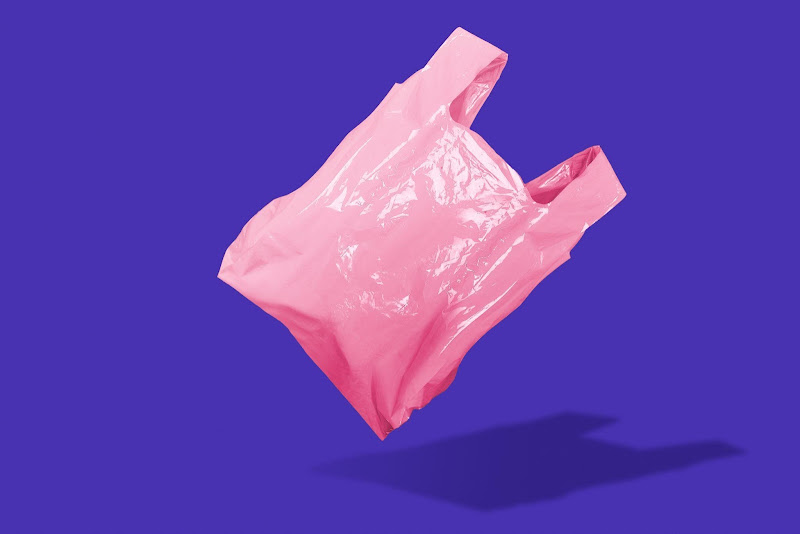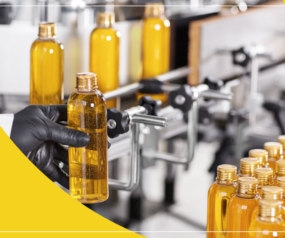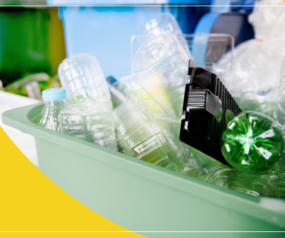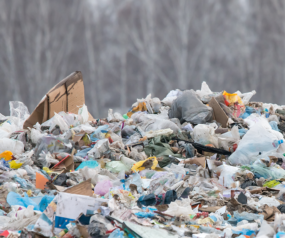Top 7 Reasons We Need Plastic Packaging
Plastics are used in various food packaging and storage containers because they are highly effective and efficient in preventing foods from damage, ensuring their safety, and extending their freshness. Moreover, these products contribute to weight reduction during transportation, resulting in fuel savings and a reduction in greenhouse gas emissions.
While irresponsible use of these products is highly detrimental to the environment, plastic is useful in a variety of applications, particularly in packaging. This is something that we will go into greater depth about in this article.
#1 Plastic shields items from damage and contamination during transport.
Plastic packaging is resistant to severe temperatures and does not disintegrate quickly in hot or cold conditions. It also protects your items from moisture and foul odours. Not only that, but plastic also prevents goods from harmful gases, insects, and humidity. Compared to other packaging items like paper, plastic does not allow water to seep into its surface, therefore keeping the integrity of the items.
#2 Plastic packing is lightweight and takes up little space.
The use of lightweight packaging saves energy during the plastic manufacturing and transportation processes and lowers total expenses. Plastic is extremely lightweight, allowing businesses to ship more products while using less packaging material overall. Furthermore, the mechanical qualities and ability to bear various stresses of plastic materials, despite being lightweight, are incredibly significant.
#3 Plastic can last a long time compared to other materials.
Less durable packaging materials lead to a lot of maintenance or replacement costs, ultimately increasing the expenses of the business. The main purpose of packaging is to keep the products secure throughout transit and protect them from harm while the product is on the shelf. Therefore, businesses must invest in a material that is both durable and dependable.
Plastics are composed of lengthy chains of synthetic or semi-synthetic molecules that are bonded together. When it comes to durability, plastic packaging is unmatched. The materials are long-lasting and do not break or split readily. In most cases, plastic goods disintegrate in landfills over a period of up to 1000 years. Customers and organisations alike will benefit from the fact that they will be able to use them for more extended periods without dealing with numerous material concerns and damages.
#4 Plastic is beneficial in storing food for long periods.
The ability to keep food safe for longer periods has always been one of humanity’s greatest challenges. Over the years, humans have been increasingly adept at developing more effective techniques of preserving food for later use. Plastic is the best material for safeguarding meals against any element that could ruin or contaminate the product.
By keeping air out of the container or bag, factory-sealed plastic containers and bags help preserve the texture, taste, and nutrients of the food. Furthermore, plastic packaging is used in the food supply chain because it helps to ensure the safe delivery of food over large distances and helps to reduce food waste by keeping food fresh for longer periods, which are very important goals for businesses.
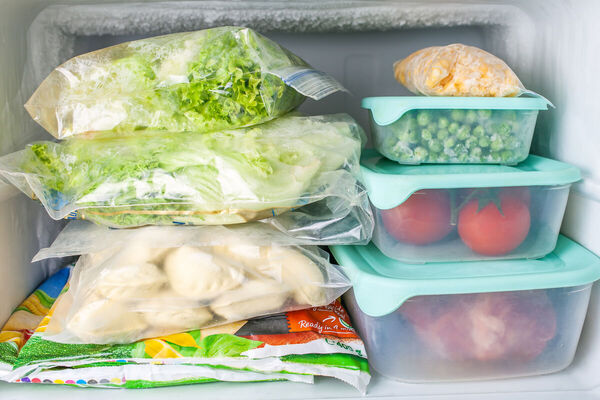
#5 Plastic is highly versatile and customisable.
Packaging plays an essential role in the development of a product’s brand and marketing. Marketing your company’s brand is vital since not only is it what creates a lasting impression on consumers, but it also helps your customers and clients understand what to anticipate from your firm.
Packaging is just as crucial as the product it contains. Its goal is to make the product stand out on the shelf or the website, increase sales, provide useful information about the product, and increase attention. Fortunately, plastic is both the most customisable and the most versatile material available on the market.
You can customise your package by printing your brand logo on it, selecting a colour, and including patterns or designs that will make your customers’ unwrapping experience more enjoyable.
#6 Plastic’s tremendous adaptability facilitates reuse and recycling.
Customers may reuse, recycle, and repurpose plastic packaging, which is a key advantage of the material. Stretch wrap, for example, can be recycled with other stretchy plastics such as plastic grocery bags and other flexible plastics using a particular procedure. It is frequently recycled into composite lumber, but it can be used to make a wide range of other goods as well.
Bubble wraps can also be taken to a facility where they will be ground up and made into small plastic pellets, which are environmentally friendly. Those pellets can then be used to create new shopping bags or other plastic items, which can subsequently be recycled. Overall, some companies are developing specialist plastic bag manufacturing machines that will assist you in optimising the recyclability of plastic. Of course, consumers can also utilise and recycle plastic packaging in their unique ways.
#7 Plastic is highly cost-effective.
Plastic is definitely the cheapest material out of all the other packaging options available in the market. Regardless of the size of a company’s activities, plastic packaging is a cost-effective solution. Specifically, small-scale food producers benefit significantly from the cost-effectiveness of plastic food packaging since it allows them to have access to standard packaging alternatives despite their smaller budgets.
The main reason plastic is cheap is that it is made of raw materials like plants, oil, and natural gas, which are all abundant. Considering that they can also be reused, recycled, and repurposed, these materials can lower your cost and serve as a highly economical packaging item in the long run.

